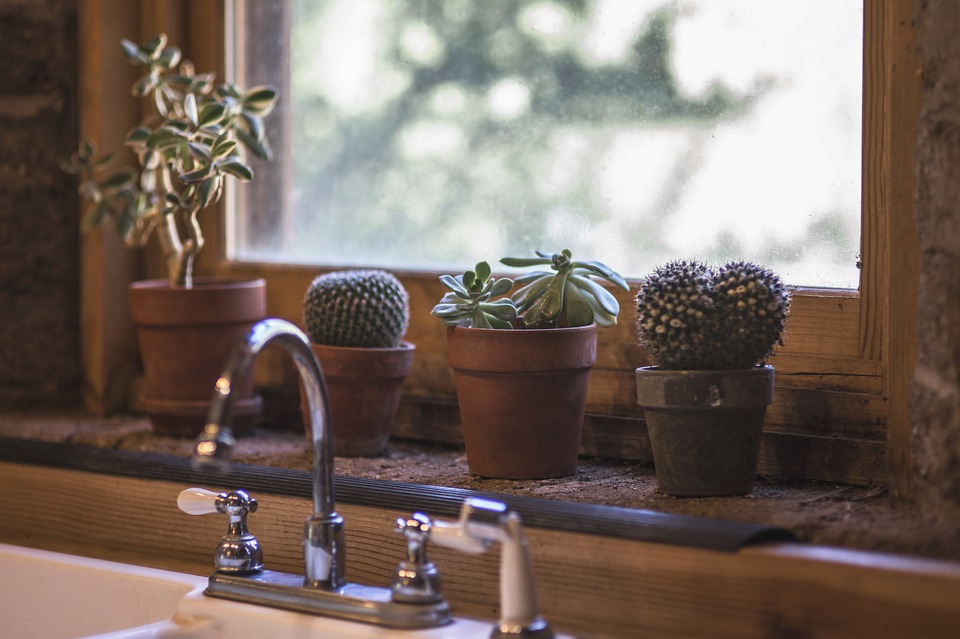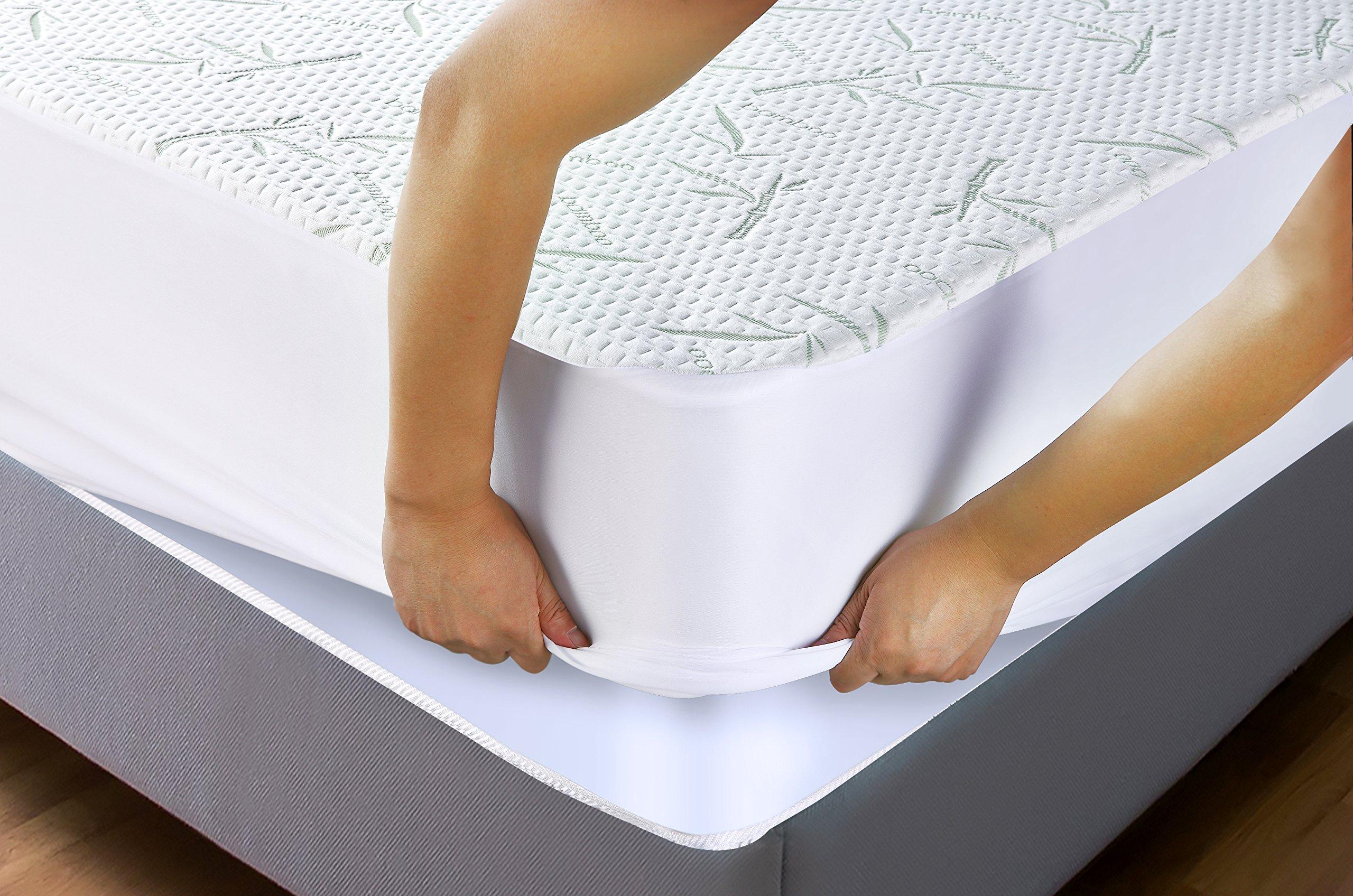If you've noticed that your kitchen sink is not level, it can be a frustrating and inconvenient problem to deal with. Not only can it affect the appearance of your kitchen, but it can also lead to issues with drainage and even cause damage to your countertops. Luckily, there are several simple solutions to fix a kitchen sink that is not level.How to Fix a Kitchen Sink That Is Not Level
One of the first steps to fixing a kitchen sink that is not level is to determine the cause of the problem. This will help you determine the best course of action for leveling the sink. In some cases, adjusting the legs or using shims may be all you need to level the sink. However, if the sink is severely unlevel, it may be necessary to replace it altogether.How to Level a Kitchen Sink
There are a few common reasons why a kitchen sink may not be level. One of the most common causes is an uneven installation. If the sink was not properly installed from the beginning, it can lead to an unlevel sink. Another common cause is a sagging cabinet due to wear and tear or water damage. This can cause the sink to shift and become unlevel over time.Common Causes of a Kitchen Sink Not Being Level
If your sink is slightly unlevel, adjusting the legs may be all you need to do to fix the problem. Many sinks have adjustable legs that can be raised or lowered to level the sink. Use a wrench or pliers to adjust the legs until the sink is level. Be sure to check the level from all angles to ensure it is completely level.Adjusting the Legs on a Kitchen Sink
If adjusting the legs does not fully level the sink, you can use shims to fill in any gaps and level the sink. Shims are small wedges that can be placed under the edges of the sink to level it out. Be sure to use shims made specifically for use with sinks, as they are water-resistant and won't warp over time.Using Shims to Level a Kitchen Sink
If your sink is severely unlevel or the cause of the problem cannot be easily fixed, it may be necessary to replace the sink altogether. This can be a more involved and costly solution, but it will ensure that your sink is level and functioning properly. Consider hiring a professional for this task to ensure it is done correctly.Replacing a Kitchen Sink That Is Not Level
If you are unsure of how to level your kitchen sink or are having trouble with the process, it may be best to consult a professional. Plumbers or kitchen renovation experts can offer expert advice and assistance to ensure your sink is level and functioning properly. They may also be able to identify any underlying issues that may be causing the sink to become unlevel.Professional Tips for Leveling a Kitchen Sink
To avoid having to deal with a kitchen sink that is not level, there are a few preventative measures you can take. First, be sure to properly install the sink from the beginning. This will prevent any issues with leveling in the future. Additionally, regularly check for any signs of water damage or wear and tear on the sink and cabinet to catch any potential problems early on.Preventing a Kitchen Sink from Becoming Unlevel
Wondering if your kitchen sink is not level? There are a few signs to look out for, including water pooling in one area of the sink, a gap between the sink and the countertop, and difficulty draining. If you notice any of these signs, it's important to address the issue as soon as possible to prevent further damage.Signs That Your Kitchen Sink Is Not Level
If your kitchen sink was initially installed level but has become unlevel over time, there may be a few reasons why. As mentioned, water damage or wear and tear on the cabinet can cause it to sag and shift, leading to an unlevel sink. Additionally, heavy use and weight placed on the sink can also cause it to become unlevel.Why a Kitchen Sink May Not Be Level After Installation
Why Having a Leveled Kitchen Sink is Essential for a Functional and Beautiful Home

The Importance of a Level Kitchen Sink
 A level kitchen sink may seem like a minor detail in house design, but it plays a crucial role in the overall functionality and aesthetics of a kitchen. The sink is one of the most heavily used areas in a kitchen, and it needs to be level for several reasons.
Firstly
, a level sink ensures proper drainage. If the sink is not level, water will not flow towards the drain, causing pooling and potential water damage to your cabinets and countertops. This can also lead to a breeding ground for bacteria and mold, which can be a health hazard.
Secondly
, a level sink allows for easy and efficient cleaning. With a level sink, you can easily wipe down the surface without any pooling water or debris getting stuck in the corners. This not only makes cleaning quicker but also ensures a hygienic kitchen.
Thirdly
, a level sink is necessary for proper installation of the faucet and plumbing. If the sink is not level, it can cause leaks and damage to your plumbing system, leading to costly repairs in the future. Additionally, a level sink will ensure that the faucet is properly aligned, preventing any water splashing or mess during use.
A level kitchen sink may seem like a minor detail in house design, but it plays a crucial role in the overall functionality and aesthetics of a kitchen. The sink is one of the most heavily used areas in a kitchen, and it needs to be level for several reasons.
Firstly
, a level sink ensures proper drainage. If the sink is not level, water will not flow towards the drain, causing pooling and potential water damage to your cabinets and countertops. This can also lead to a breeding ground for bacteria and mold, which can be a health hazard.
Secondly
, a level sink allows for easy and efficient cleaning. With a level sink, you can easily wipe down the surface without any pooling water or debris getting stuck in the corners. This not only makes cleaning quicker but also ensures a hygienic kitchen.
Thirdly
, a level sink is necessary for proper installation of the faucet and plumbing. If the sink is not level, it can cause leaks and damage to your plumbing system, leading to costly repairs in the future. Additionally, a level sink will ensure that the faucet is properly aligned, preventing any water splashing or mess during use.
How to Fix a Kitchen Sink That is Not Level
 If you have noticed that your kitchen sink is not level, it is important to address the issue as soon as possible. Fortunately, fixing a level sink is a simple task that can be done with a few basic tools.
The first step
is to determine the cause of the uneven sink. It could be due to an uneven countertop, an incorrect installation, or a damaged sink. Once you have identified the cause, you can proceed with the appropriate solution.
If the countertop
is the issue, you may need to level it out or replace it. In the case of an incorrect installation, you may need to adjust the sink's mounting brackets to ensure it is level. If the sink itself is damaged, it may need to be replaced.
In conclusion, having a level kitchen sink is crucial for a functional and beautiful home. It ensures proper drainage, easy cleaning, and prevents potential damage to your plumbing system. If you notice that your kitchen sink is not level, be sure to address the issue promptly to avoid any further complications.
If you have noticed that your kitchen sink is not level, it is important to address the issue as soon as possible. Fortunately, fixing a level sink is a simple task that can be done with a few basic tools.
The first step
is to determine the cause of the uneven sink. It could be due to an uneven countertop, an incorrect installation, or a damaged sink. Once you have identified the cause, you can proceed with the appropriate solution.
If the countertop
is the issue, you may need to level it out or replace it. In the case of an incorrect installation, you may need to adjust the sink's mounting brackets to ensure it is level. If the sink itself is damaged, it may need to be replaced.
In conclusion, having a level kitchen sink is crucial for a functional and beautiful home. It ensures proper drainage, easy cleaning, and prevents potential damage to your plumbing system. If you notice that your kitchen sink is not level, be sure to address the issue promptly to avoid any further complications.

















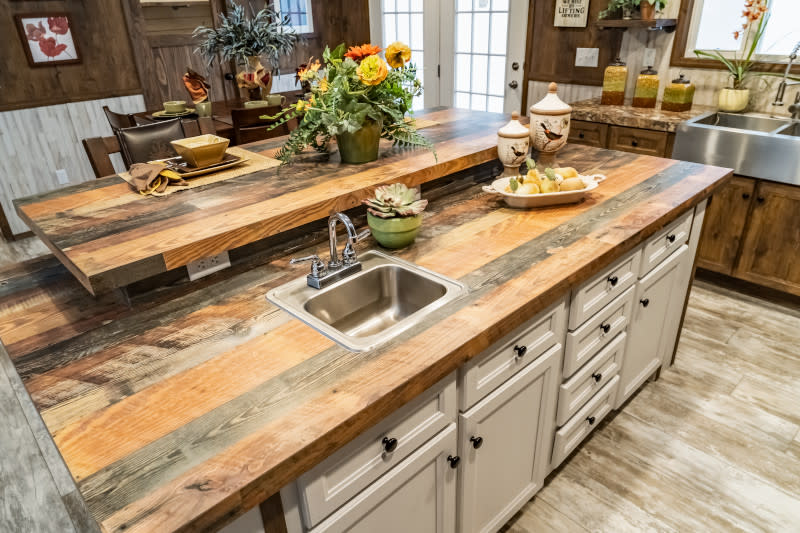












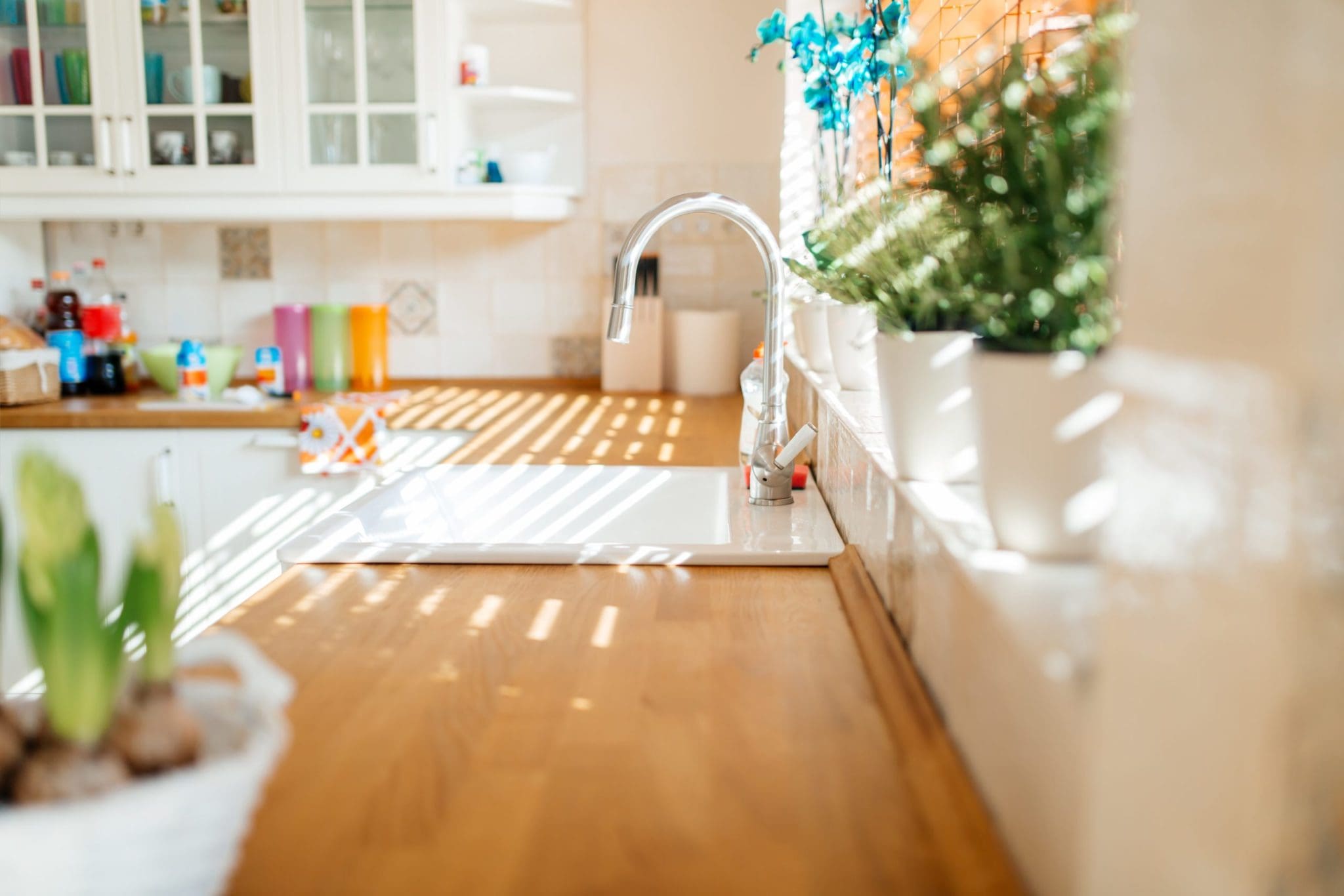








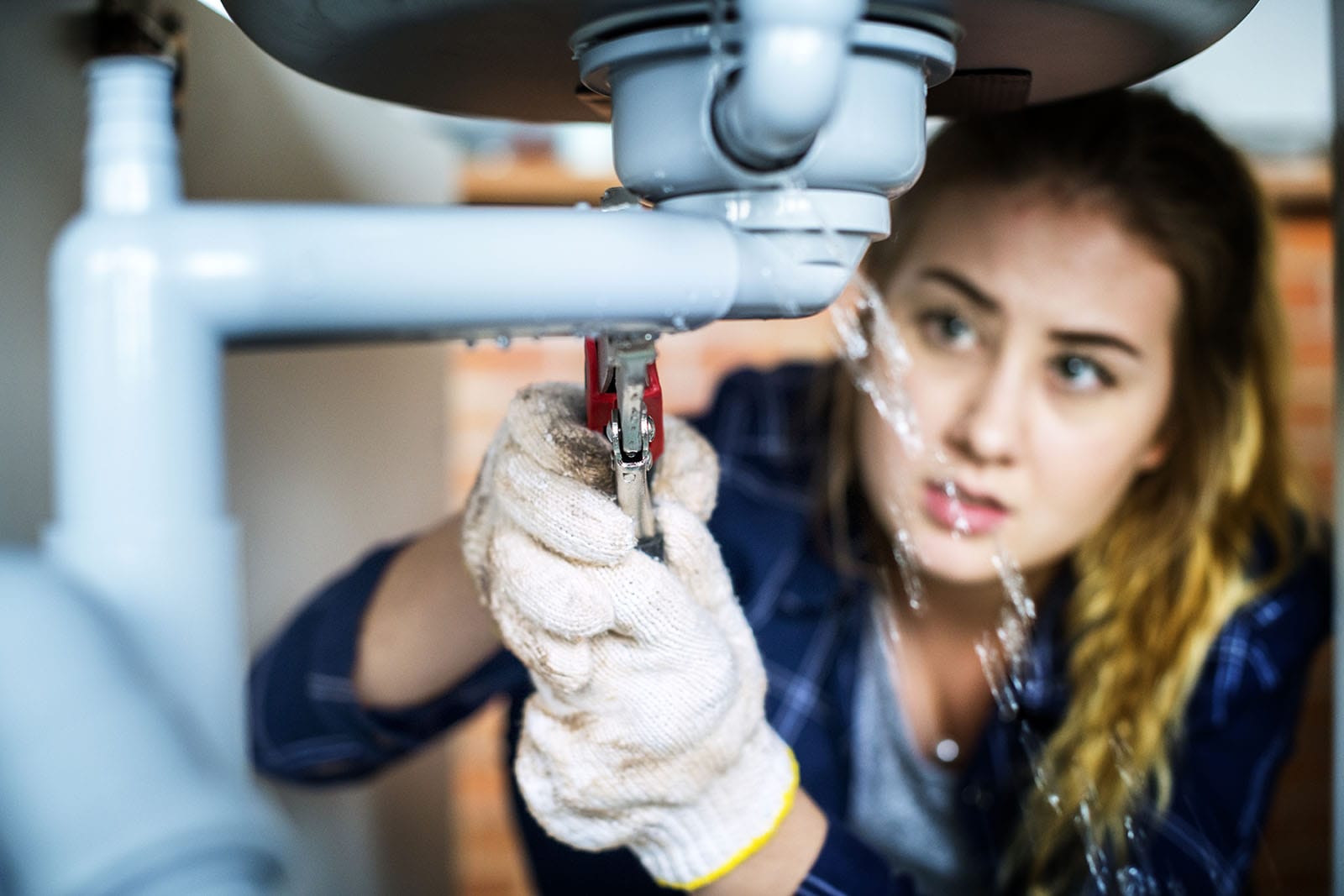




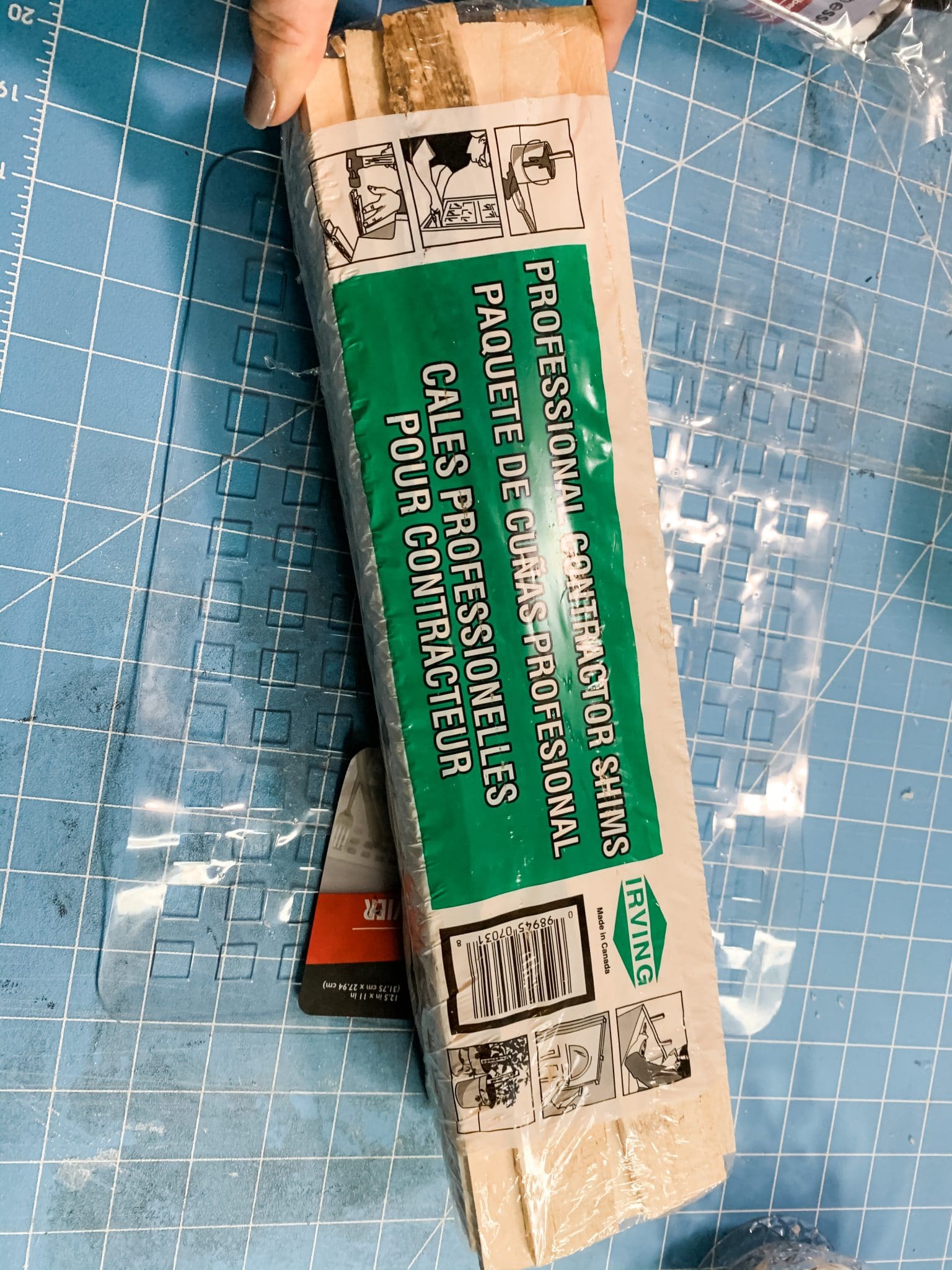






:max_bytes(150000):strip_icc()/solution-for-a-rocking-toilet-2719036-05-fd0c0ade86aa4ebaac5234b769140fe6.jpg)

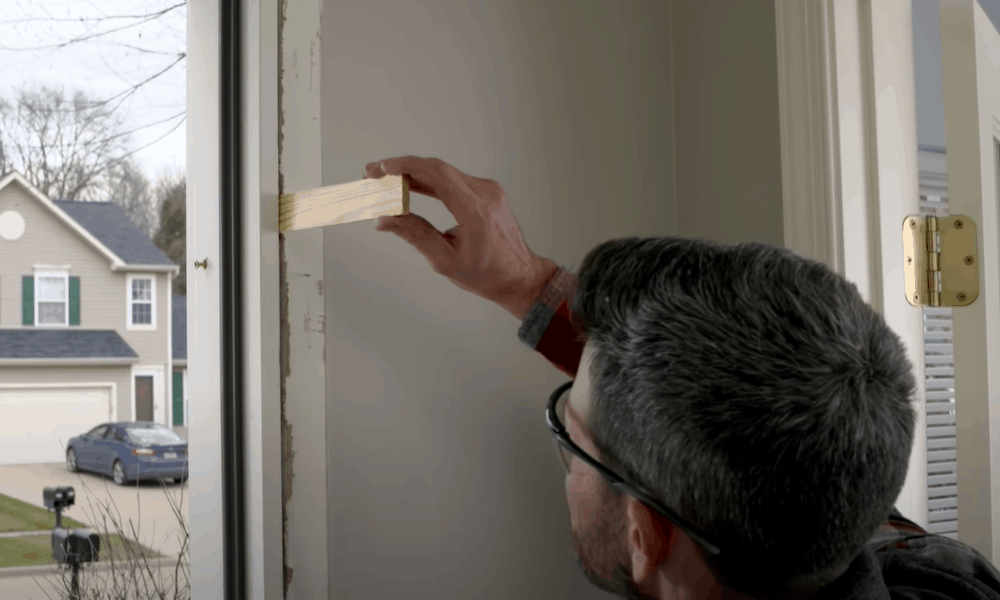




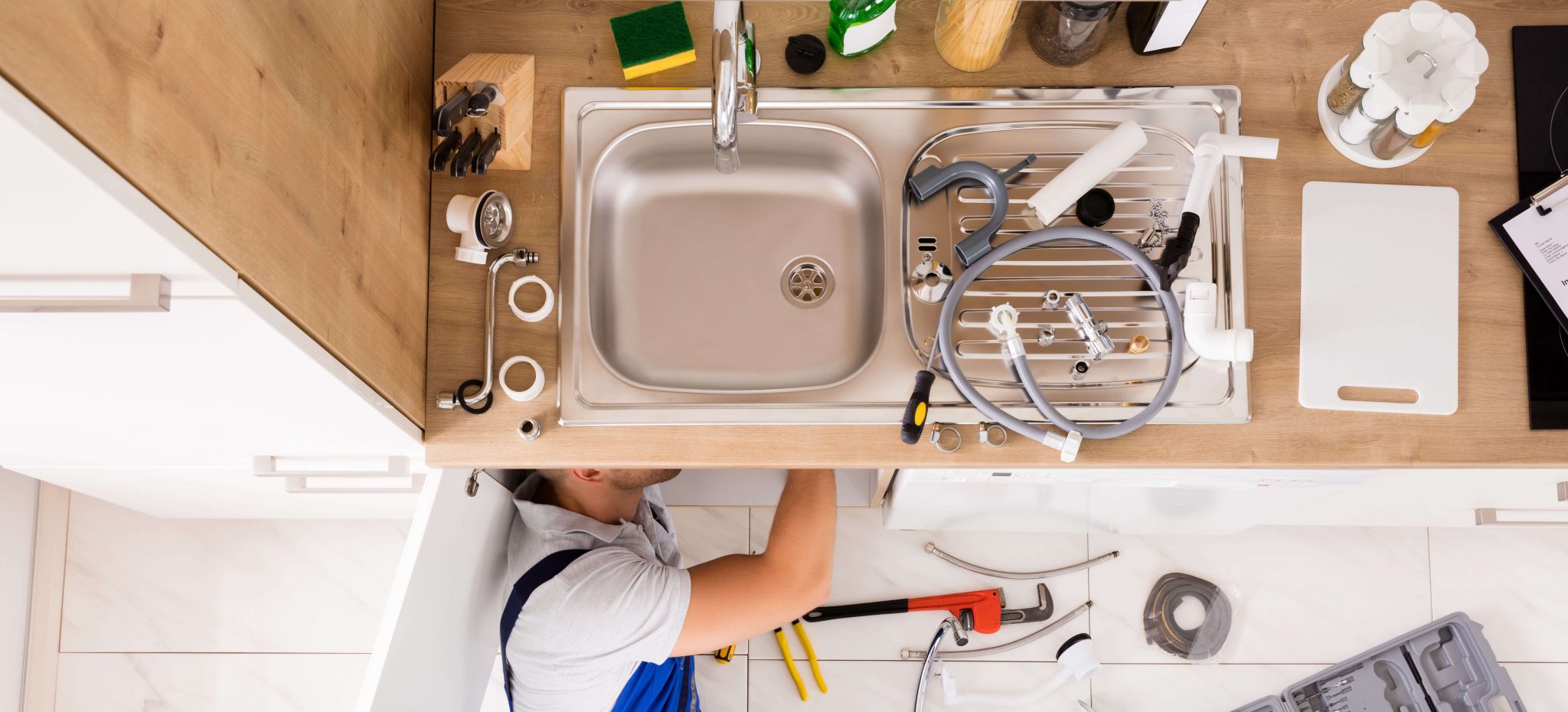


















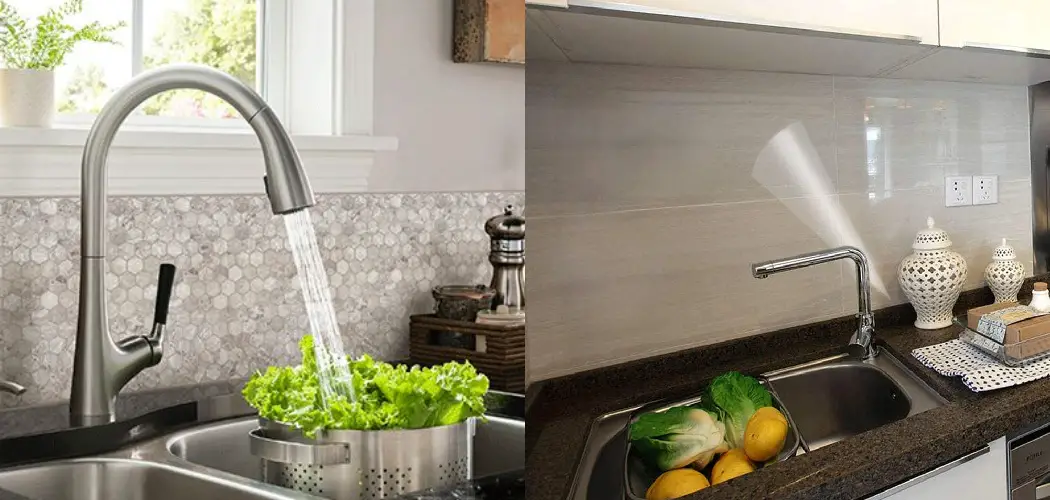




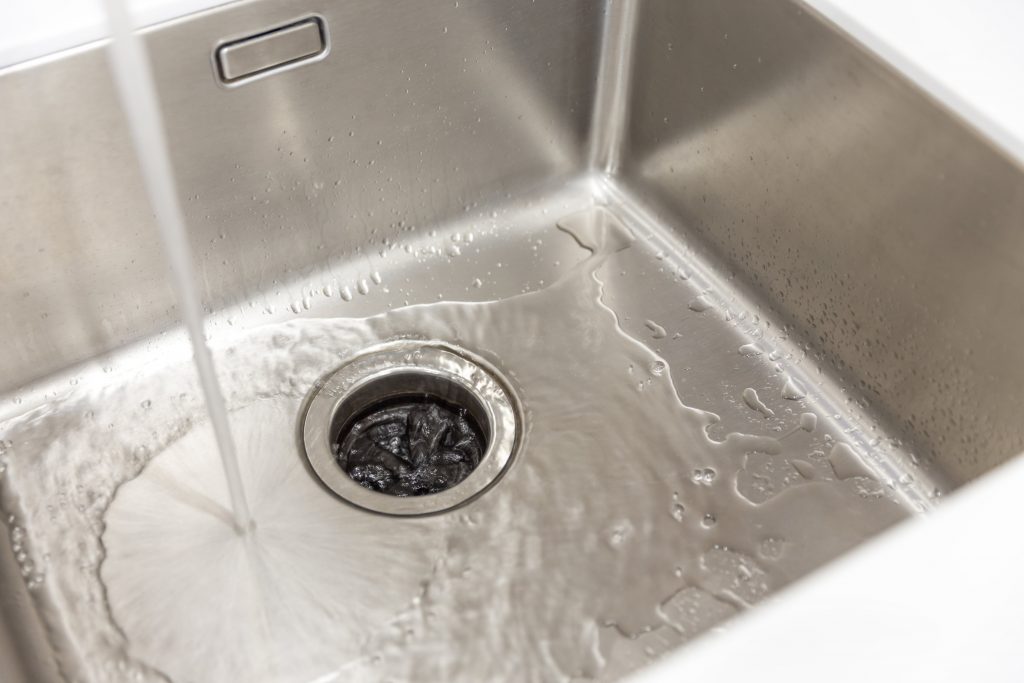















:max_bytes(150000):strip_icc()/why-does-my-kitchen-sink-smell-like-sewage-4707719_01-2030e27351fe4c6c9e1d94145dbbe30a.jpg)

